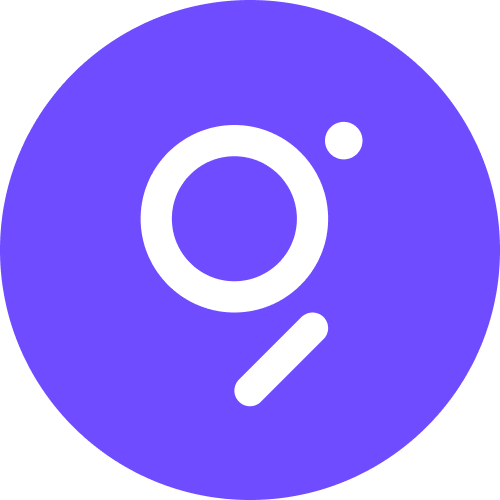Coinbase
Cómo comprar The Graph
¡Buenas noticias! Puedes comprar The Graph en la casa de cambio centralizada de Coinbase. Incluimos instrucciones detalladas para que puedas comprar The Graph con facilidad.
Leer más



Crea una cuenta de Coinbase para comprar y vender The Graph en la casa de cambio de criptomonedas más segura de todas.
El precio de The Graph ha decreased por 0,51 % en la última hora y increased por 3,32 % en las últimas 24 horas. El precio de The Graph también ha fallen en 2,31 % en la última semana. El precio actual es 0,25 US$ por GRT con un volumen de operación de 122,01 MUS$ en 24 horas. Actualmente, The Graph está valorado 91,22 % por debajo de su máximo histórico de 2,90 US$. Este máximo histórico fue el precio más alto pagado por The Graph desde su lanzamiento.
El suministro circulante actual de The Graph es 9.482.443.926,052 GRT, lo que significa que The Graph tiene una capitalización de mercado total de 9.482.443.926,052.
Navega por el mundo de los perfiles de Ethereum Name Service (ENS). Conéctate, aprende e interactúa con la comunidad web 3 en profile.coinbase.com. Echa un vistazo a algunos de los perfiles de ENS más populares a continuación.
Parte del contenido de las noticias fue preparado por terceros que no están afiliados a Coinbase Inc. o ninguno de sus asociados. Coinbase no se responsabiliza por dicho contenido. Coinbase no es responsable por errores o demoras en el contenido, o por las acciones tomadas en virtud del contenido. La información se ofrece solo a título informativo y no se considera un asesoramiento de inversión. Esta no es una recomendación para comprar o vender un activo específico ni para implementar una estrategia de inversión determinada. Coinbase no hace ninguna representación sobre la precisión, la idoneidad o la validez de la información proporcionada o de un activo específico. Los precios que se muestran son solo a título informativo. Los precios reales de las criptomonedas y las estadísticas asociadas con ellas pueden variar. Los datos presentados pueden reflejar los activos que se comercializan en la casa de cambio Coinbase y en casas de cambio de criptomonedas seleccionadas.